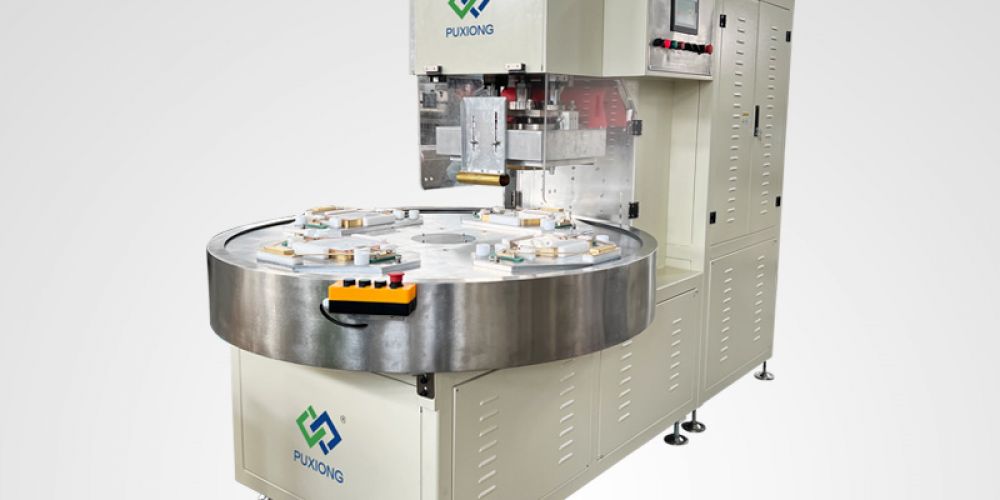
As a key container for storing and transporting blood, the material selection of blood bags is crucial and needs to have the following characteristics:
1. Chemical stability and biocompatibility: Blood bags should be made of non-toxic, odorless, and chemically stable materials, such as medical-grade materials such as polyethylene (PE), polypropylene (PP) or polyvinyl chloride (PVC). These materials should have good blood compatibility, no hemolysis, pyrogen and other reactions, and ensure that the survival rate of blood cells meets the specified requirements.
2. Certain thickness and strength: The blood bag should have a certain thickness and strength to ensure that it is not easy to break during use. At the same time, the seal should use medical-grade heat seals or zipper seals to ensure the strength and reliability of the seal and prevent blood leakage.
3. Good sealing: The joints of the blood bag should be flat and seamless to ensure good sealing. This is the key to preventing blood from leaking during storage and transportation.
4. Transparency: The blood bag should be made of transparent or translucent materials to facilitate medical staff to observe the appearance, color and state of the blood at any time during blood collection, storage and transfusion.
5. Fall resistance: Considering that the blood bag may encounter unexpected situations such as falling during transportation and use, the blood bag should have a certain fall resistance to prevent blood leakage and damage.
6. Marking and identification: There should be clear markings on the blood bag, including blood type, blood collection date, expiration date and other information. These marks should be printed in waterproof and non-falling fonts to ensure that the information is clearly visible during storage and use. At the same time, the color of the mark should be in sharp contrast with the color of the blood bag for easy identification.
7. Disinfection and sterilization: Blood bags should be strictly disinfected during the production process to ensure that they are thoroughly disinfected before use. Disinfection methods can be gamma ray disinfection or high temperature and high pressure disinfection. The specific method should be selected according to national and regional regulations and standards.